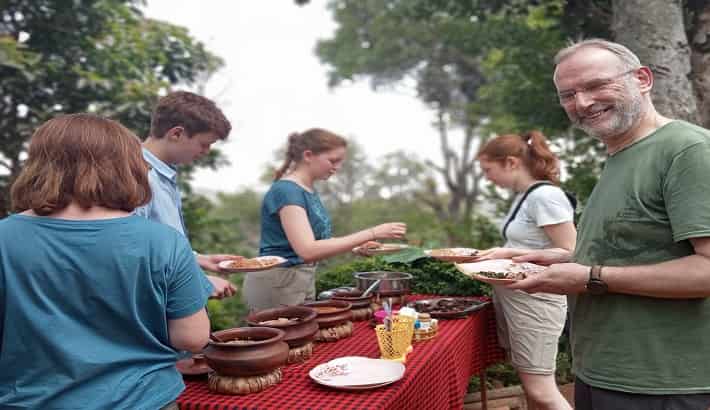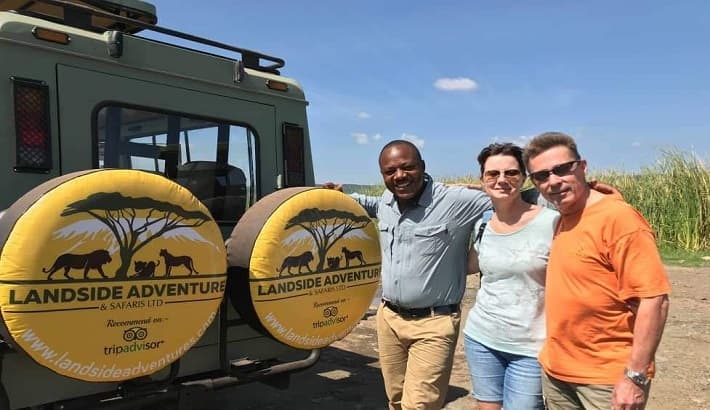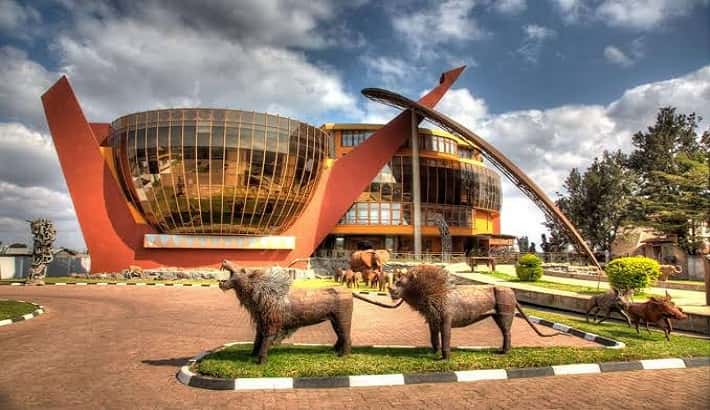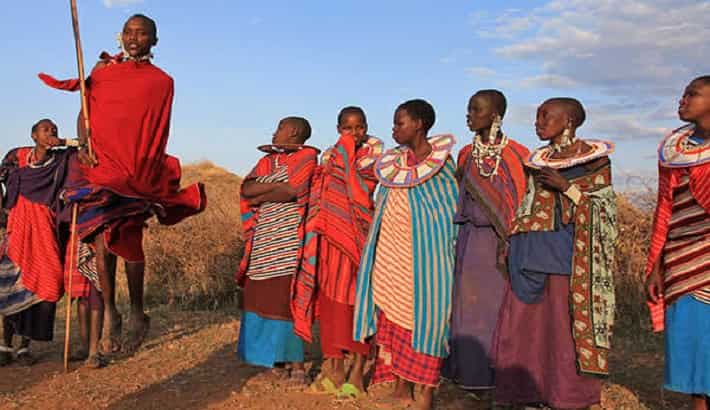
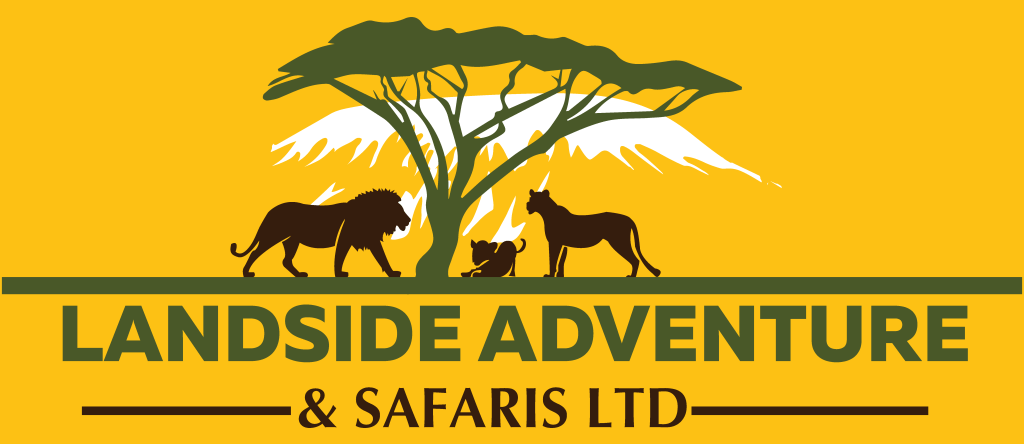
Chat on Whatsapp
-
+255 752 633 454
How Difficult Is it To Climb Mount Kilimanjaro
How Difficult Is It To Climb Mount Kilimanjaro?
This is a loaded question and you have to look at each facet of the climb separately and then make your own decision based off the facts.
How difficult is it to climb Mount Kilimanjaro
First of all, we need to understand altitude, the lack of oxygen, how it will affect you and why so many people are not making it to the summit. The success rate on Kilimanjaro is pretty consistent each year. 42% of people make it to the summit. Why so few?
The answer is not enough time or days to give minimal acclimatization. It takes a long time to acclimatize to low oxygen environments. What we are trying to achieve on Kilimanjaro is gathering enough red blood cells in the body to carry more oxygen and keeping the body functioning while we move into serious low oxygen environments. Above 5,500m/ 18,000ft you move into the lower realm of the death zone. Nothing lives, survive or can stay long term above this height or altitude. It is a potentially dangerous place to be.
How difficult is it to climb Mount Kilimanjaro
Remember Kilimanjaro’s summit is above this height. You need to be able to get to the summit and down below this height as quickly as possible. You also need to be able to have enough red blood cells to actually make this happen. So the more days you spend acclimatizing lower down the better chance you have at success, being safer and not burning crazy amounts of brain cells. You also limit your risk of serious altitude issues.
How difficult is it to climb Mount Kilimanjaro
I have climbed Mount Kilimanjaro 50+ times now. I have climbed it in 5 days, 6 days, 7 days and 8 days. I recommend 8+ day climbs on Kilimanjaro to keep you safe and give you the best chance at success and give minimal acclimatization.
Secondly, you are going to be walking up and down hills for 8 days. On the summit night, you will be walking uphill 1,295m/ 4,248 feet and then down from the summit to Mweka camp at 3,100m/ 10,170 feet. This is a 2,795m/ 9,169 feet drop from the summit and a challenging downhill trek
How difficult is it to climb Mount Kilimanjaro
We recommend training 4 to 5 days a week with one of the days being a long training session. If you have access to hills or mountains building from 3 to 6 hours of hiking with weighted backpack building from 5kg/ 11lbs to 10kg/ 22lbs if you are training in the gym one session per week should be 3 hours doing a mix of walking uphill on a treadmill, stair master and bike with weighted backpack. Each day of training in the gym should be an hour long session. Each session should be about building endurance, leg strength, overall body strength and doing a specific activity similar to what you will encounter climbing up and down Kilimanjaro
How difficult is it to climb Mount Kilimanjaro
Going into a low oxygen environment is physically and mentally challenging and by training hard and approaching the climb with respect and doing your research you will be better mentally prepared for the climb. If you go into the climb with confidence, strength and good physical conditioning you are giving yourself the mental strength to know you can achieve the summit and return safely.
If you decide to sign up on one of our climbs you will have access to our team and Keddy who has climbed Mt. Kilimanjaro 300+ times. We have to team available to get you the information you need for your Kilimanjaro climb.
How difficult is it to climb Mount Kilimanjaro
You can make it more difficult than it needs to be if you chose less than 8 days on the mountain if you decide to do minimal training and preparation and don’t go with professional guides. Acclimatization, training, pacing, proper tents, safety equipment, excellent food are critical to a successful, safe and enjoyable journey on Kilimanjaro.
Keddy Nathanael Trekking has put over 2,000 people on the summit of Kilimanjaro with a 98% success rate on our 8-day Lemosho route climbs. Join our one of our amazing trips up and down Kilimanjaro.
Email Address
info@landsideadventures.com
Call
+255 752 633 454
+255 692 406 444
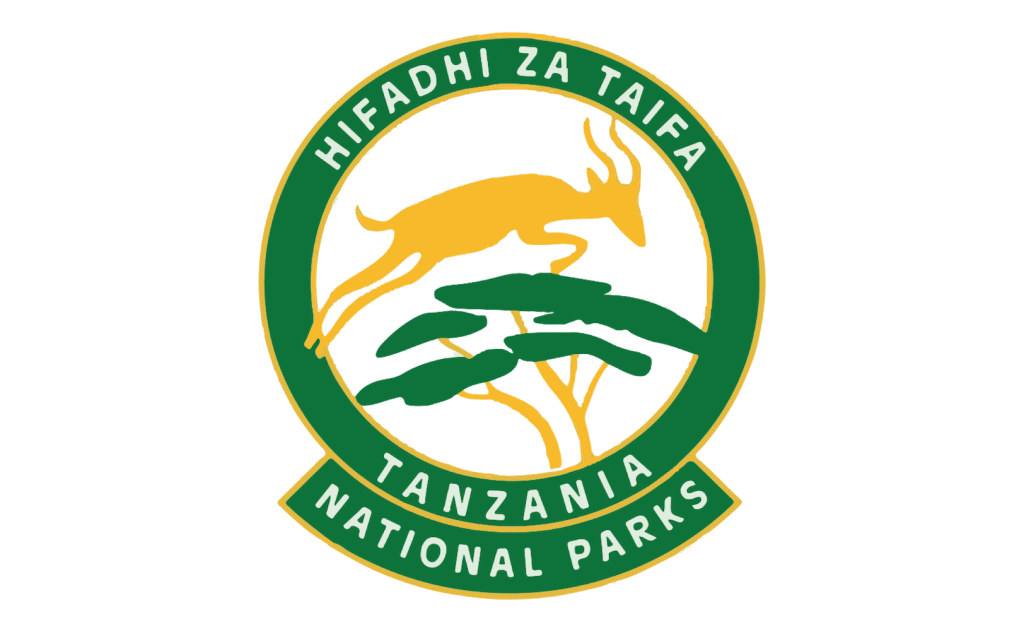
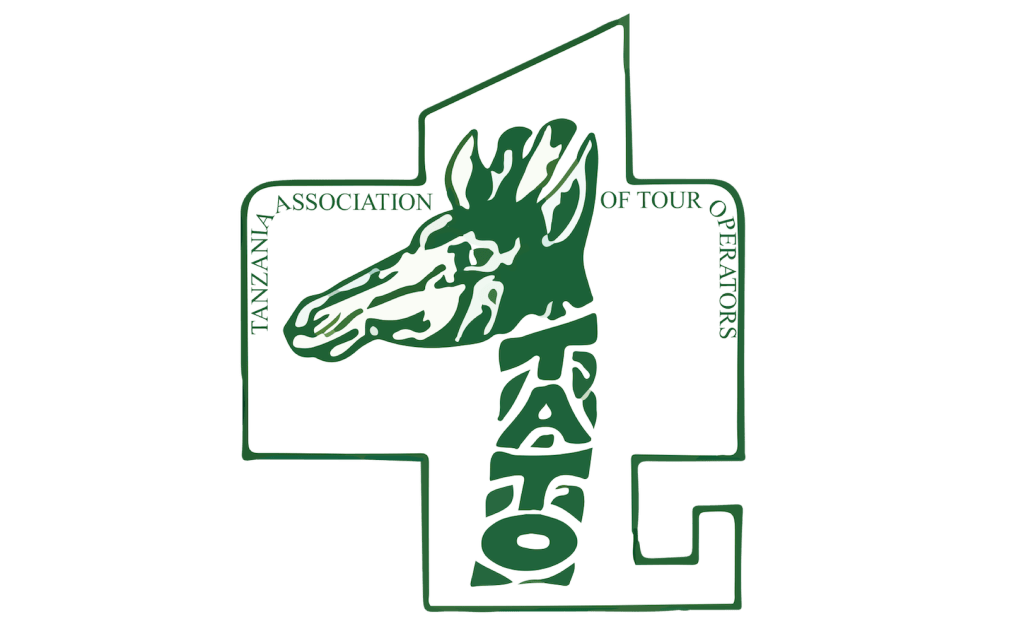

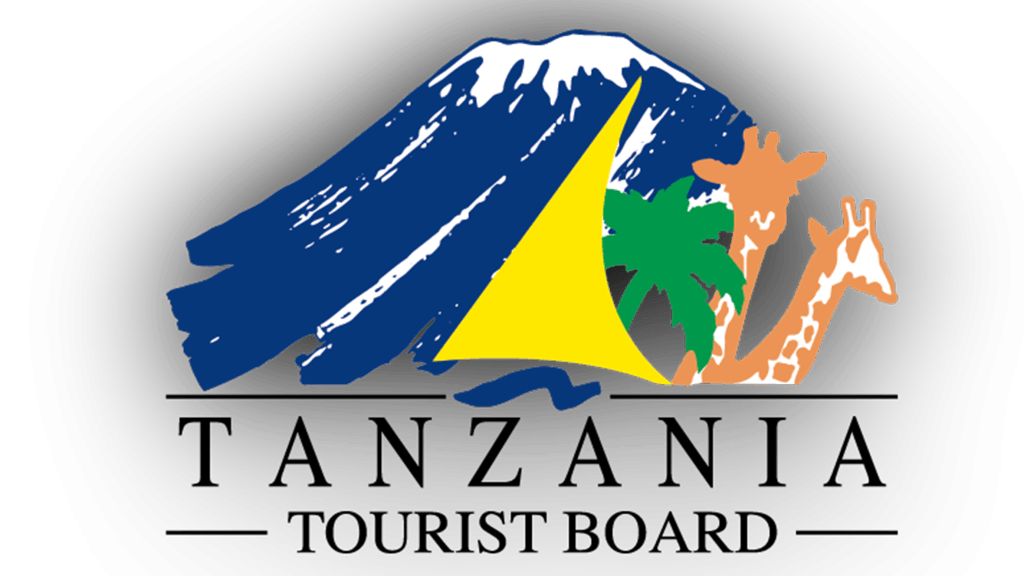
Email Address
info@landsideadventures.com
Call
+255 752 633 454
+255 692 406 444




Email Address
info@landsideadventures.com
Call
+255 752 633 454
+255 784 971 777






